Advisable to grow an Eastern hemlock in SE Michigan (zone 5b)?
seagreen_turtle Z5b/6a SE Michigan
8 years ago
Featured Answer
Sort by:Oldest
Comments (15)
ken_adrian Adrian MI cold Z5
8 years agoRelated Discussions
could the "new" USDA zone map be optimistic?
Comments (62)You need to remove the period (full stop!) at the end for that URL to work. It really isn't that high rez. anyhow. But also, even more than the USDA hardiness map this AHS heat map is of very limited utility. Number of days over 86F is essentially meaningless for a lot of plants. Right off the bat, it would have made more sense to plot the average summer nighttime dewpoint temperature. At Sonoma Horticultural Nursery in - surprise surprise - Sonoma County CA, they can grow the Himalayan cinnabarina series Rhododendrons. Or the hardy big leafs like R. rex. At Rarefind in NJ, you cannot. Even the ones that would be winter hardy there. The two locations probably have a similar # of days above 86F, but their summer climates are hugely different as are their winter climates. The cool nights and lower dewpoints in Sonoma County make all the difference....See More'Thorsen's Weeping'
Comments (10)It's not the origin of a particular batch of stock that matters, it's the provenance of the cultivar. And while hardier than coastal origin plants the Rocky Mountain western hemlocks would still have to be able to tolerate the complete set of conditions wherever you are. I doubt the one you are asking about is from the interior anyway. When you have two generally similar species in the same genus growing in two different parts of the same country (or continent), in this instance western hemlock in the western US (and Canada) and eastern hemlock in the eastern US, they may be related and have diverged from a common ancestor or contiguous population in the ancient past. The species existing in the western area and the eastern one today are the versions suited to modern conditions in those areas. When you move one to the range of the other it may not have what it takes to live there, being the wrong model, so to speak, for that application....See MoreGrowing white pine in north Georgia
Comments (22)....and finally, if all you can get locally are the 6-footers, then plant away and in all probability, they'll do fine. One thing about pine-family members, they do transplant readily, even larger sized ones. This due in part to shallow root systems , although all trees' root systems are more shallow than is sometimes held in the popular imagination. But a pancake-shaped ball can hold a surprisingly good percentage of the roots on such trees, albeit, we do recognize that even in the best cases, large amounts of roots are lost in the process of digging/transplanting. There, now that we've completely talked in circles-or at least, I have-let us know where things are at! To be honest, a nursery specializing in native trees and shrubs, utilizing careful attention to genetics, would probably do well in the various sections of the country. I've specified tamaracks-Larix laricina-and northern white cedar-Thuja occidentalis-for a good many "native restoration" projects up here. My contractors occasionally have to go through contortions to source this stuff, even though in the wild, it's everywhere! Ten years ago.......I know what I should have been doing! +oM...See MoreZone Revisions
Comments (22)East Coast from Maine (very San Francisco-like summer weather) Not quite: last I checked it does rain in the summer in Maine. Not that you don't know this, but I'm pointing it out for anyhow who doesn't. Nights are cooler in San Francisco but record highs are somewhat comparable; and in fact if you look at a place like Provincetown, MA, they actually slightly favor the east! 98F in Ptown versus 103F in San Francisco. This helps explains the report about a decade ago of an Austrocedrus chilensis being found on Cape Cod, a plant which would not otherwise grow in the hot & humid eas. (In the sense that maximum temperature indexes to average fairly consistently, at least on a big continent like ours - of course other factors play a role too. Cape Cod is protected from excessive summer rainfall compared to much of the eastern US, so that probably helped prevent root rot. The cold water quenches mesoscale convective systems so that they don't dump 2 inches in a single storm, but the particular location along the jet stream pattern means drought tends to be rare, too. I cannot say how many systems I see split over the Ohio & Tennessee Valleys with a good chunk going north to NY & MA, and a southern branch going to NC & SE VA. We in DC & Baltimore are in a kind of "horse latitudes".) If you live on the West Coast, the Sunset system obviously remains the preferred one. You have more crazy microclimates in the Bay Area than the entire east coast of the US does. The being said most gardeners I know think the new USDA map is a vast improvement. It's just less useful in a highly terrain influenced marine/west coast climate like CA/OR/WA where almost all of the "action" is happening in zones 10, 9 and 8....See Moresam_md
8 years agojimandanne_mi
8 years agoseagreen_turtle Z5b/6a SE Michigan
8 years agoken_adrian Adrian MI cold Z5
8 years agoken_adrian Adrian MI cold Z5
8 years agowisconsitom
8 years agolast modified: 8 years agojimandanne_mi
8 years agoNHBabs z4b-5a NH
8 years agoseagreen_turtle Z5b/6a SE Michigan
8 years agowisconsitom
8 years agoken_adrian Adrian MI cold Z5
8 years agoplantkiller_il_5
8 years agowisconsitom
8 years ago
Related Stories
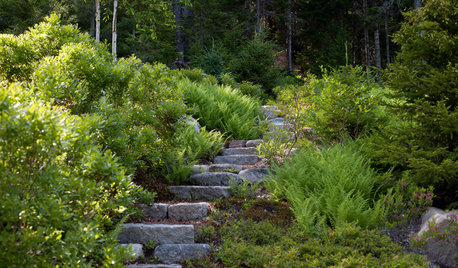
GARDENING GUIDESGreat Design Plant: Grow Blueberries for Their Fruit and More
Eastern gardeners should consider growing blueberry plants for their delicious fruits, bee-friendly spring blooms and brilliant fall foliage
Full Story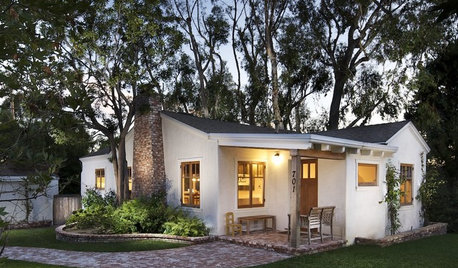
MOVING5 Risks in Buying a Short-Sale Home — and How to Handle Them
Don’t let the lure of a great deal blind you to the hidden costs and issues in snagging a short-sale property
Full Story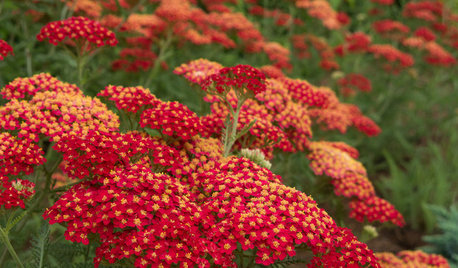
GARDENING GUIDESTop 12 Summer-Blooming Perennials for Deer-Resistant Drama
Can you have garden color, fragrance and exciting foliage with hungry deer afoot? These beauties say yes
Full Story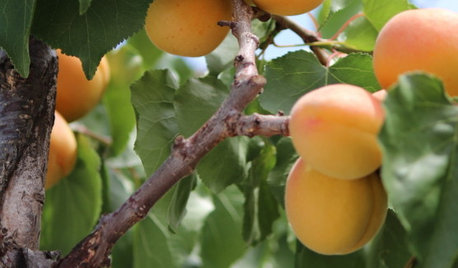
FARM YOUR YARDIf You Have Room for Only One Fruit Tree ...
Juice up a small garden with one of these easier-care or worth-the-effort fruit trees for a mild climate
Full Story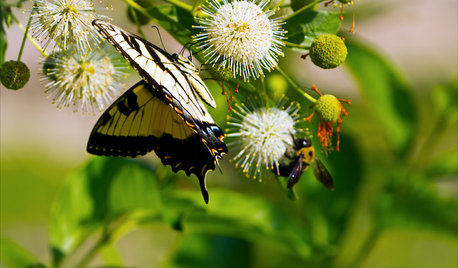
GARDENING GUIDESGreat Design Plant: Cephalanthus Occidentalis
Buttonbush is an adaptable woody shrub with delightful pincushion flowers
Full Story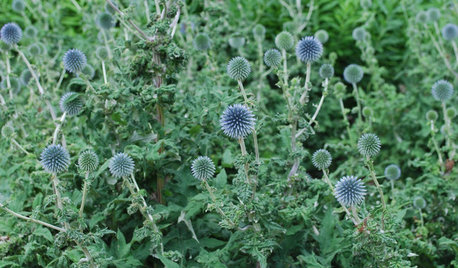
GARDENING GUIDESGreat Design Plant: Globe Thistle
Trot out globe thistle in a sun-drenched garden spot for strikingly sculptural blue flowers through October
Full Story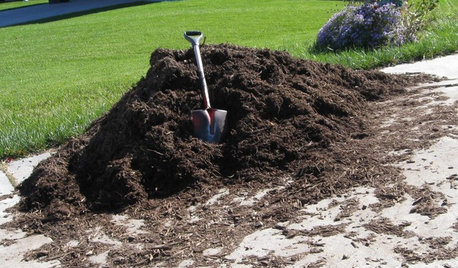
FRONT YARD IDEASBefore and After: Front Lawn to Prairie Garden
How they did it: Homeowners create a plan, stick to it and keep the neighbors (and wildlife) in mind
Full Story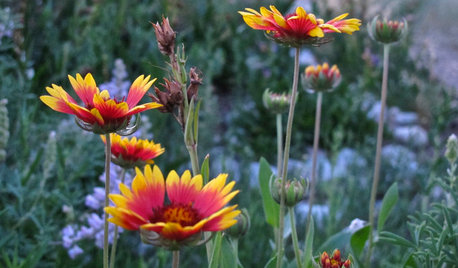
GARDENING GUIDESThese Hummingbird-Attracting Native Plants May Surprise You
These flowers, vines and shrubs offer shelter and food supplies that keep hummingbirds around longer
Full Story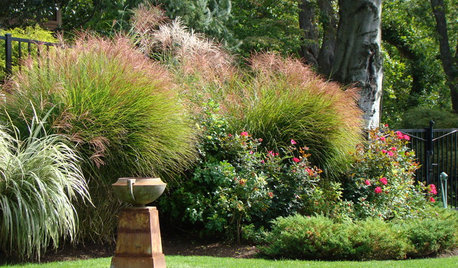
LANDSCAPE DESIGNThe 7 Best Plant Types for Creating Privacy and How to Use Them
Follow these tips for using different kinds of plants as living privacy screens
Full Story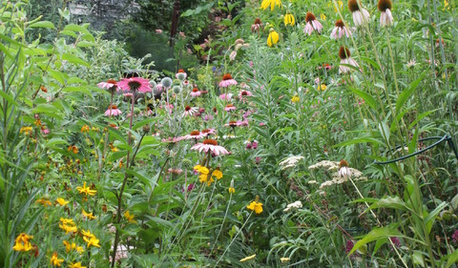
GARDENING FOR BUTTERFLIES3 Ways Native Plants Make Gardening So Much Better
You probably know about the lower maintenance. But native plants' other benefits go far beyond a little less watering and weeding
Full Story


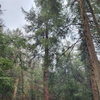
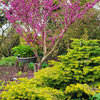
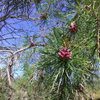
tsugajunkie z5 SE WI ♱